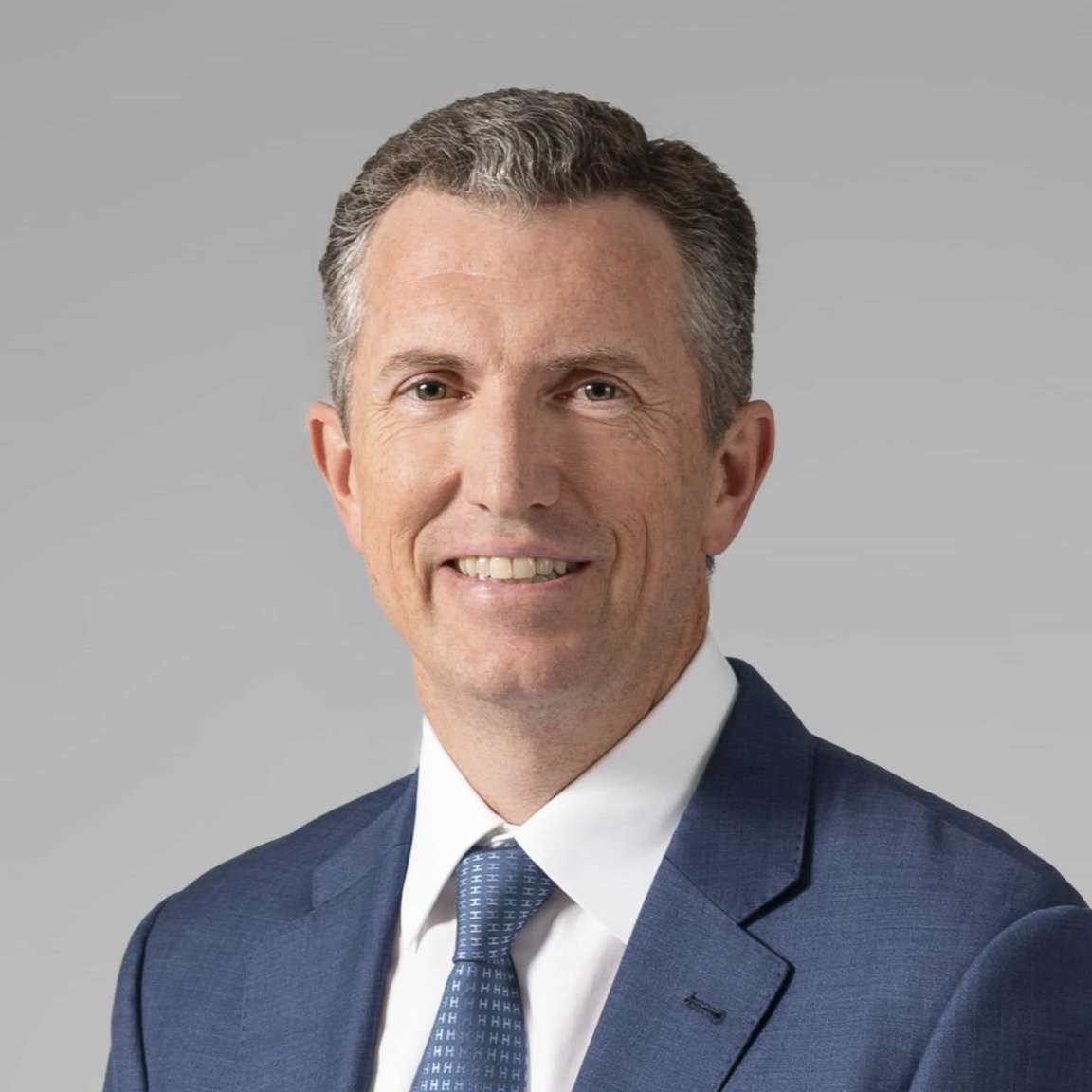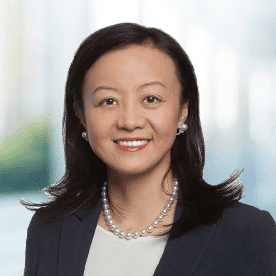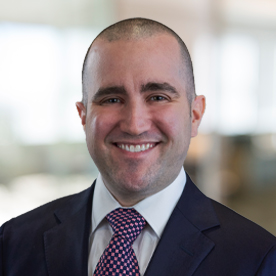-
The views expressed herein do not constitute research, investment advice or trade recommendations and do not necessarily represent the views of all AB portfolio-management teams. Views are subject to revision over time.
Thematic Investing: More Than Just a Good Story
Strategies and Best Practices for Equity Portfolios
cloud/e-commerce theme vs. S&P 500, 2009–2021
Current analysis and forecasts do not guarantee future results.
*Some cycles shown extend past the end-year of the cycle to illustrate that investment wanes after the cycle peak.
†Sector outperformance is based on the performance of the relevant GICS sector from the start of the first year through the middle of the last year versus the S&P 500. The fossil fuel supercycle is energy from January 1, 1999, to June 30, 2014; the China-driven commodity supercycle is materials from January1, 2000, to June 30, 2012; communications infrastructure is 50/50 weighted communications and technology from January 1, 1992, to June 30, 2000; and cloud/e-commerce is technology from January 1, 2009, to June 30, 2021.
As of March 31, 2024
Source: Bloomberg, IHS Global Insight and AllianceBernstein (AB)
-
MSCI makes no express or implied warranties or representations, and shall have no liability whatsoever with respect to any MSCI data contained herein.
The MSCI data may not be further redistributed or used as a basis for other indices or any securities or financial products. This report is not approved, reviewed or produced by MSCI.
Nelson Yu is a Senior Vice President, Head of Equities and a member of the firm’s Operating Committee. As Head of Equities, he is responsible for the management and strategic growth of AB’s equities business and investment decisions across the department. Since 1993, Yu has experience generating investment success in global equity markets by joining fundamental research with rigorous quantitative methods. He joined AB in 1997 as a programmer and analyst, and served as head of Quantitative Equity Research from 2014–2021. Since 2017, Yu also served as head of Multi-Style Core Equity strategies, with over $10 billion in assets. Most recently, he was CIO of Equities Investment Sciences and Insights, which brings together resources across Data Science, Quantitative Research, Advisory Services, Risk and Global Execution to deliver differentiated capabilities and insights to AB’s equities investment platform. Prior to joining AB, Yu was a supervising consultant at Grant Thornton. He holds a BSE in systems engineering from the University of Pennsylvania and a BS in Economics from the Wharton School at the University of Pennsylvania. Yu is a CFA charterholder. Location: New York
Daniel C. Roarty is the Chief Investment Officer of AB’s Sustainable Thematic Equities team, which manages a suite of geographically diverse strategies aligned to long-term sustainable themes. Over the years, Roarty has played an active part in the sustainable investing community, acting as a subject-matter expert around the globe, including speaking at the 2018 Sustainable Investing Conference at the UN. He joined the firm in 2011 as global technology sector head on the Global/International Research Growth team and was named team lead in early 2012. Roarty previously spent nine years at Nuveen Investments, where he co-managed both a large-cap and a multi-cap growth strategy. His research experience includes coverage of technology, industrials and financials stocks at Morgan Stanley and Goldman Sachs. Roarty holds a BS in finance from Fairfield University and an MBA from the Wharton School at the University of Pennsylvania. He is a CFA charterholder. Location: New York
Lei Qiu is the Chief Investment Officer for Thematic Innovation Equities and is responsible for the AB Global Disruptors and International Technology Portfolios. She has been a portfolio manager at AB since 2016 and was previously a senior research analyst, focusing on the technology, media and telecom sectors. Prior to joining the firm in 2012, Qiu was the founder and the managing partner for three years of Phidias Capital Management, a technology-focused asset-management company. From 2003 to 2009, she was a general partner and senior research analyst at Andor Capital Management, and from 2000 to 2002, she was a research analyst at Chilton Investment Company. From 1995 to 1997, Qiu worked as an investment banking analyst at Goldman Sachs & Co. She holds a BA in economics (magna cum laude) from Smith College and an MA in business economics from Harvard University. Location: New York
Jonathan Berkow is a Senior Vice President and the Director of Quantitative Research and Data Science in the Equities division at AB. He leads the research and adoption of alternative data in equity research and systematic strategies. Prior to joining the firm in 2018, Berkow was a systematic portfolio manager and researcher at hedge funds Element Capital Management and Kepos Capital. He started his career at Goldman Sachs Asset Management, where he managed quantitative research and was a portfolio manager for global equity portfolios. Berkow's research has spanned equities and macro asset classes. He holds a BS in economics from the Massachusetts Institute of Technology. Location: New York







